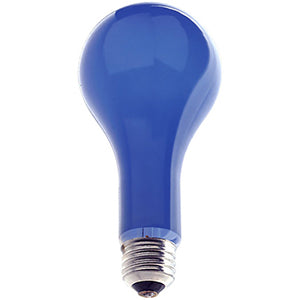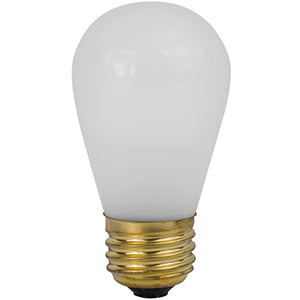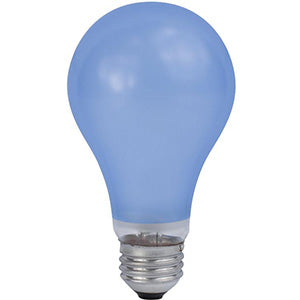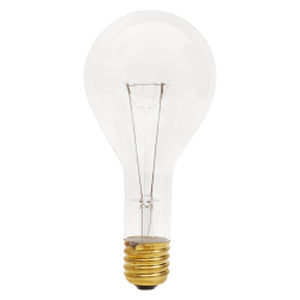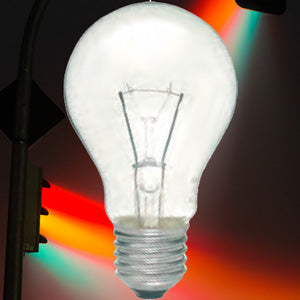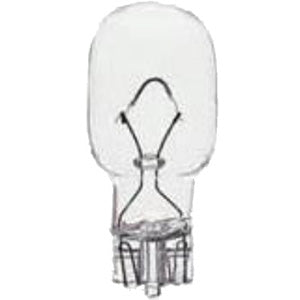Incandescent
With incandescent light bulbs, illumination is produced when a tungsten filament is heated sufficiently to emit light. Most incandescent bulbs have a color temperature of 2700K. LED is increasingly replacing incandescent for general lighting, although incandescent is still preferred for many specialty applications, especially in the photographic industry where large wattages can be used with smaller form factors.
About Incandescent Light Bulb Bans
Being more energy efficient is good. Saving money on household energy costs is also good. But is it good for the government to shift consumer buying behavior from cheap, inefficient incandescent light bulbs to more expensive CFLs and LEDs, even though they use less energy?
Expectation of the EISA
Since the Energy Independence and Security Act was passed in 2007, inefficient incandescent light bulbs have begun to be phased out. While hardware stores and lighting manufacturers have almost totally shifted to more efficient alternatives, Congress is still wrangling with how to enforce the so-called "light bulb ban."
It was expected that lighting technologies would become both more efficient and less expensive between the passing of the bill and the phase-out of bulbs. Unfortunately, this has not happened as quickly as predicted. While CFLs are becoming more efficient and safe over time, and LED technology is advancing by the day, the cost of these bulbs are the problem. They can be several times more expensive than traditional incandescent or halogen light bulbs.
Because the price of LEDs and CFLs are higher than anticipated than when the bill was passed, enforcement of the EISA has become an issue in Congress. Some Congress members argue that consumers should not be forced to purchase more expensive alternatives to cheap, effective (if inefficient) light bulbs. However, this disagreement over enforcement of the bill has not stopped manufacturers from ending production of the old bulbs, shifting those resources into producing more CFL and LED bulbs.
Finding Incandescent Light Bulbs Today
So will the incandescent bulb disappear forever? Probably not. There is a laundry list of exceptions to the bill, including some variations of the familiar 60 watt and 100 watt light bulbs. As far as common hardware stores go, though, it seems as though the old Edison bulb has gone the way of the dinosaur, except for a handful of special application bulbs.
This is why specialty lighting websites like ours have become more and more important. With stores emptying of "banned" light bulbs, and the big box stores often not carrying the specialty bulbs excluded from the ban, the search for a cheap and efficient light bulb has become much more difficult.
In the future, most general lighting incandescent bulbs will disappear. However, there are some applications where CFL and LED alternatives do not exist, usually due to small form factors of some incandescent lamps, or their high wattage output. Such applications include photographic enlargers, photoflood bulbs, older street lights, traffic signals in cold weather locations, and ANSI coded bulbs used in equipment like obsolete slide projectors or overhead projectors.

